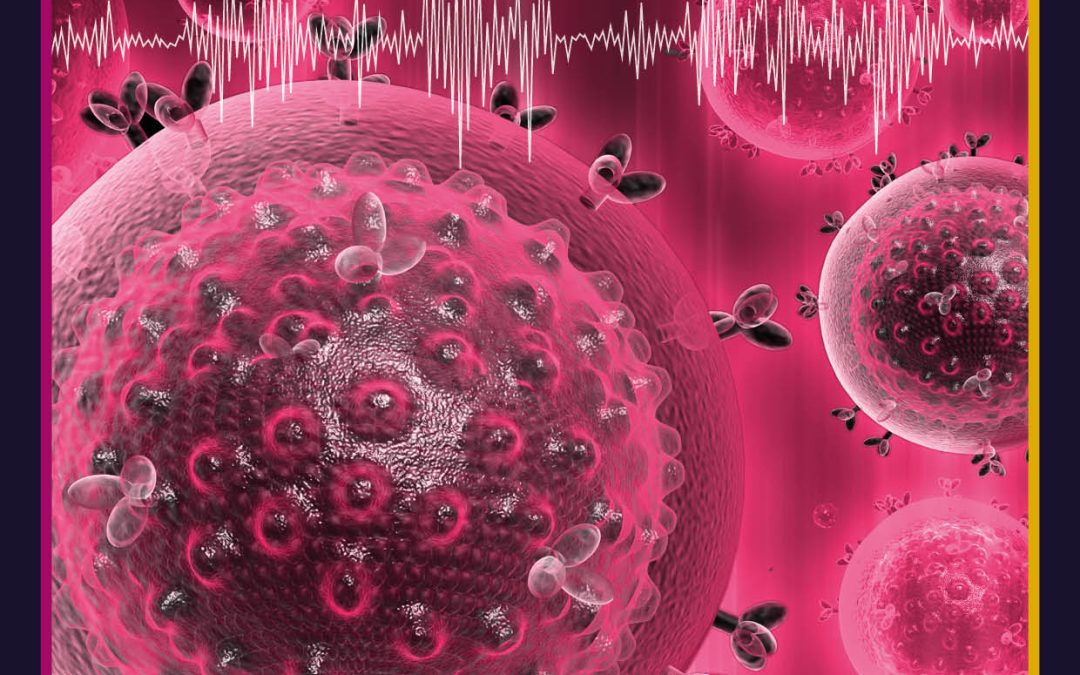
by admin | Mar 22, 2023 | health and medicine
People living with human immunodeficiency virus (HIV) now have very effective treatment options to allow them to live long lives but the need for new and improved therapeutics remains. Dr Delphine Muriaux from Le Centre national de la recherche scientifique (CNRS) in Montpellier, France, researches HIV infection and replication utilising advanced state-of-the-art microscopy. This super-resolution imaging has led to new findings on the importance of the HIV-1 Gag proteins and the cellular host co-factor IRSp53, a membrane curving protein, and how they interact with host cell membranes.

by admin | Mar 8, 2023 | health and medicine, social and behavioural sciences
Sexual pain, often referred to as vaginismus and dyspareunia, can be a debilitating condition that prevents many women from having penetrative sexual intercourse. While many studies have investigated this disorder, its psychological underpinnings are not yet fully understood. Dr Thula Koops, Christian Wiessner, Professor Johannes Ehrenthal, and Professor Peer Briken at the University Medical Center Hamburg-Eppendorf recently explored some of the psychological dimensions of women’s sexual pain. They conducted this research from the standpoint of psychodynamics, which involves exploring links to childhood experiences and unconscious thoughts and feelings.

by admin | Mar 8, 2023 | health and medicine, social and behavioural sciences
Limited research has explored the causes of sexual pain and difficulties with intercourse that are experienced by women across the world. Dr Thula Koops and Professor Peer Briken at the University Medical Center Hamburg-Eppendorf have spoken to women experiencing these difficulties and listened to their real stories and thoughts on the origins of their sexual difficulties. Based on these interviews, two main themes emerged. The first links these difficulties to perceived implications of womanhood, while the second focuses on the separation between body and mind in relation to the cause.

by admin | Mar 1, 2023 | health and medicine
There is a strong link between identifying as lesbian, gay or bisexual (LGB) and homelessness. Dr Ruth McNair from the University of Melbourne analysed data investigating risk and resilience factors associated with homelessness according to sexual identity in the Australian population to understand the associations with homelessness and to improve LGB-inclusive homelessness policy and services.

by admin | Mar 1, 2023 | health and medicine
Professor Araceli Díaz Perales and her colleagues at the Centre for Plant Biotechnology and Genomics in Spain have made the discovery that mould spores on straw contribute to the increase in allergic asthma reactions. Their work utilising an experimental mouse model of human asthma has important implications for understanding, preventing and treating this common condition.

by admin | Feb 22, 2023 | business and economy, health and medicine
When considering proposed reforms of the US health care system, some physicians dismiss a single-payer system that would provide health care for all residents, as they believe their incomes would be reduced. In a recent study, Daniel Bryant, M.D., finds that state-based single-payer schemes may actually lead to increased personal incomes for physicians. His work also provides a template for evaluating the financial consequences for physicians within a single-payer health care system.






